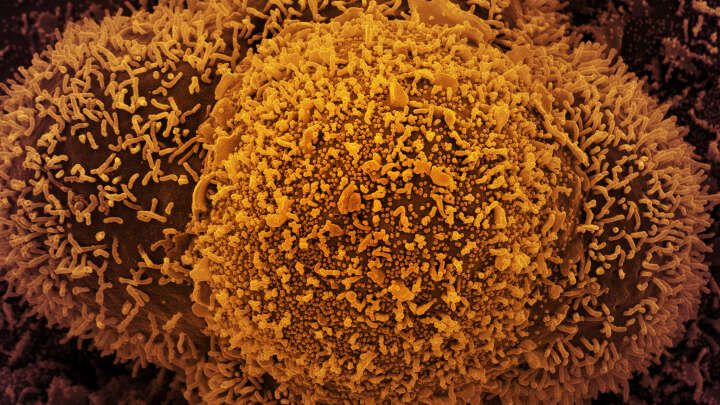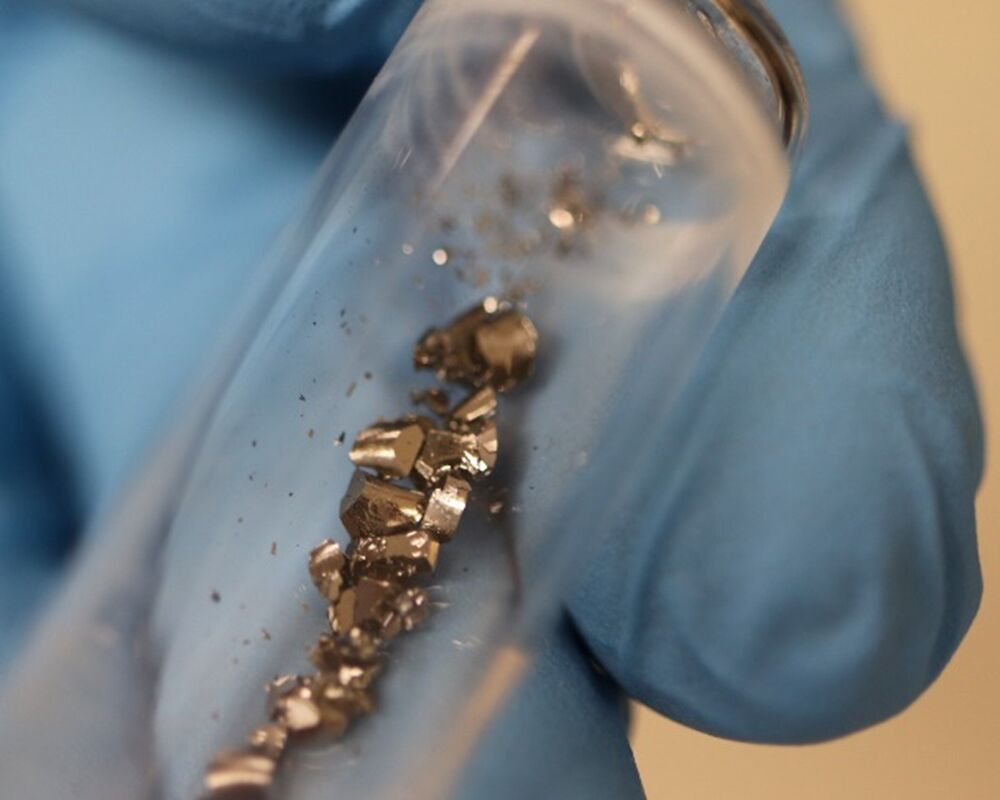
Lambda, an AI infrastructure company, this week announced it raised $15 million in a venture funding round from 1517, Gradient Ventures, Razer, Bloomberg Beta, Georges Harik, and others, plus a $9.5 million debt facility. The $24.5 million investment brings the company’s total raised to $28.5 million, following an earlier $4 million seed tranche.
In 2013, San Francisco, California-based Lambda controversially launched a facial recognition API for developers working on apps for Google Glass, Google’s ill-fated heads-up augmented reality display. The API — which soon expanded to other platforms — enabled apps to do things like “remember this face” and “find your friends in a crowd,” Lambda CEO Stephen Balaban told TechCrunch at the time. The API has been used by thousands of developers and was, at least at one point, seeing over 5 million API calls per month.
Since then, however, Lambda has pivoted to selling hardware systems designed for AI, machine learning, and deep learning applications. Among these are the TensorBook, a laptop with a dedicated GPU, and a workstation product with up to four desktop-class GPUs for AI training. Lambda also offers servers, including one designed to be shared between teams and a server cluster, called Echelon, that Balaban describes as “datacenter-scale.”









